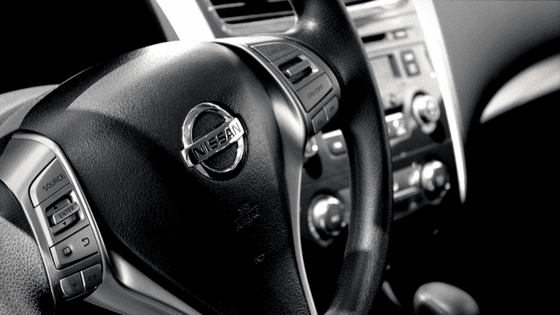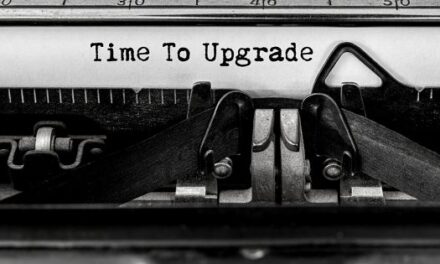If you use your motor vehicle for work purposes, or you run your own business and use your vehicle for the business – you are entitled to claim a deduction for the expenses incurred when using your vehicle. Putting it in the “too hard bucket” is going to cost you money!

So what can you claim?
From 1 July 2015, the 12% of original value and one-third of actual expense methods were abolished. The only methods now available are the cents per kilometre or the logbook method.
Cents per kilometre
The cents per kilometre method allows a maximum of 5,000 business kilometres claimed per car (per individual where jointly owned) at a set rate of $0.66 per kilometre (maximum $3,300). You don’t need any written evidence but you need to be able to show how you worked out your business kilometres.
Log book method
The logbook method allows you to claim a percentage of the actual car expenses (you will need written evidence for all expenses). This includes a depreciation deduction for the decline in value of the car but there is a cost limit (currently $57,581) where any amount above this is effectively ignored.
To work out your business use percentage, you need to keep a logbook for your car for a “typical” 12 week period. These must be 12 consecutive weeks (i.e. 12 weeks in a row). Your logbook must include every trip you take – not just your business related trips.
The logbook must include the following details:
- date for each journey
- start and finish times for each journey
- start and finish odometer readings for each journey
- total number of kilometres for each journey
- reason for each journey
- start and finish dates for the logbook period
Vehicle expenses that can be claimed under the log book method include, running costs such as fuel, oil, and servicing, registration, insurance, vehicle depreciation
Vehicle expenses do not include: the purchase cost of the car, parking tickets, speeding and other fines
You must also keep written evidence (such as receipts) of all the car expenses you are claiming.
Most individuals can’t claim the cost of travel between home and work unless they need to use bulky tools to do their job (and only when the employer expects them to transport this equipment and there is no secure area to store the equipment at work).
Light commercial vehicles designed to carry a load of 1 tonne or more and vehicles designed to carry 9 or more passengers are also generally deemed 100% business-use.
Comparing the two methods
Meet Francine. Francine is a florist who delivers flowers and gifts, using her motor vehicle. She also needs to travel to the fresh flower market to select and purchase flowers, and she often drives to gift and vase suppliers to pick up items to include in the orders she custom designs.
Considering the orders she delivered Francine has established she travelled 3,250km doing deliveries and estimates she has gone to the market twice per week for 48 weeks with a round trip of 38km (3,648km) and she estimates she goes to suppliers once per week at a round trip of 24km (1,152km).
Total business kilometres is 8,050km. As Francince did not keep a log book (but she is able to provide a reasonable estimate of how she calculated the kilometres travelled) she can claim the cents per kilometre method. 8,050km limited to a maximum of 5,000km at 66 cents is a deduction of $3,300.
If Francine had kept a log book, and determined that her total kilometres travelled for the year were 11,335km – the business use percentage would be determined at 71% (8,050km / 11,335km).
The motor vehicle costs are: $2,200 fuel, $650 rego, $575 insurance, tyres $800, service km $475, car washes $240, interest on her car instalments $4,500. The motor vehicle was purchased at the start of the year, and cost $27,000 when she purchased.
Total costs above are $9400 (excluding depreciation) * 71% = $6702. Depreciation of $3834 (20% depreciation and 71% business use). Total deduction using the log book method is $10,536.
Additional tax saving is Francine’s effective tax rate (let’s use 32% for this example)
32% * ($10,536 – $3,300) = $2,315 TAX saved! All for keeping a log book. There are so many free tracking apps you can use. The ATO has an app (and no, it does not get uploaded to the ATO, and yes – you can send the mileage summary directly to your accountant).
You are able to calculate both methods and determine which method gives you
Next steps
Just do it, stop putting it off. Download the ATO free app today, and start tracking your mileage today. Or get fancy and download an app that tracks GPS and records the mileage for you.
At tax time, you will thank me when you are deciding what to spend your refund! New shoes, new hangbag, an exotic holiday … or maybe even paying off that credit card.
Aaaaaaand, if you are not convinced already … you only need to do this once every five years (unless you buy a new car, or your business / job changes). Over 5 years that is approx. $12,000 in tax saved. Imagine what you could do with that …























